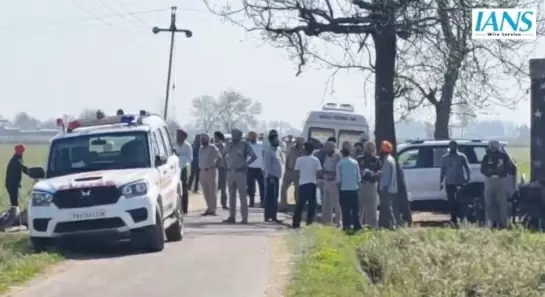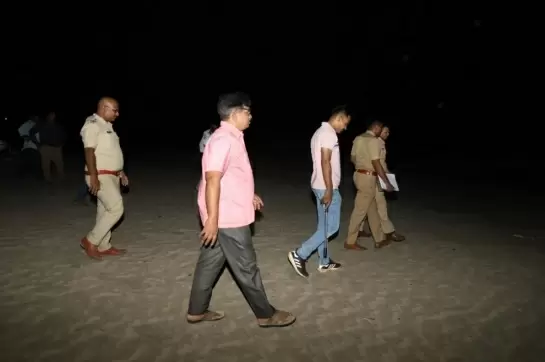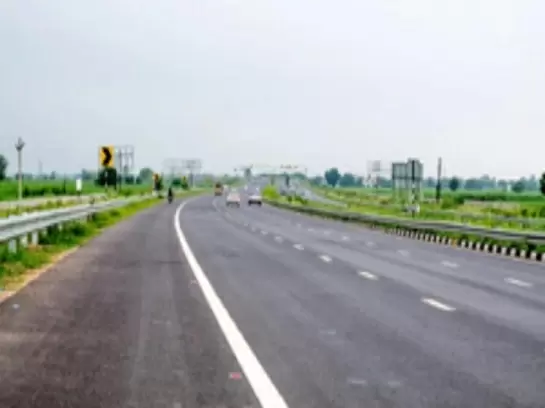To Look East, India must first transform its northeast
12-June-2013
Every time there is a prime ministerial visit to East or Southeast Asia, we dust up the two-decade-old placards and begin to wave them. The fading lettering on them proclaims that India is 'Looking East.' But as a nation, our attention span is limited. Therefore, the moment the visit is over we climb up tiredly into the attic to deposit the placards and to keep them there till the next visit.
We spend the interregnum understanding the next move by Pakistan or China. Sometimes, the US and even Russia sneak into our national radar. But, otherwise, we are so preoccupied with ourselves and our constantly breaking stories that the world hardly figures in our view. Perhaps this is good. Perhaps, this keeps the world guessing about our grand strategy.
In one such recent attempt timed with the prime minister's Japan visit, an Australian academic Sandy Gordon suggested, "India's Look East policy was initiated out of failure: the failure of India's Cold War strategy of 'playing both ends against the middle' while at the same time attempting to adopt a pro-Soviet 'tilt'; and the failure of India's command economy, which by 1990 had managed to command only 0.4 per cent of world trade - insufficient to cushion India from the 1989-90 oil shock. While the collapse of the Soviet Union was no fault of India, it left New Delhi searching for an alternative set of economic and strategic approaches. The 'Look East' policy seemed to fit both needs."
Gordon may have his reasons for the assertion, "India's Look East policy was initiated out of failure..." but had he cared to look deeper into history his conclusion may have been different. If he had travelled to Bali or to Angkor Vat he may have been reminded of ancient India's intimate Look East connections; links that date back to the 9th century and based largely on trade and peaceful population shift.
But why make him go back all the way? If he had revisited the time of the World War II, he would certainly have heard the war cries of Subhas Chandra Bose's Indian National Army (INA) that took up arms on the side of the Japanese army. Some recent commentaries have described that as one of the toughest challenges that the British faced during the war. Is it a mere coincidence that the INA's battles were fought in the northeast and further down in the areas that constitute much of what might be covered now under our Look East criteria?
In fact we don't even remind the Japanese about the bold stand taken in their favour at the War Crimes Tribunal by Justice Radha Binod Pal. But then, reminding others goes against our grain. Had that been otherwise, we would have built permanent bridges with the East through our Buddhist connection. After all Rome, for all practical purposes, has become synonymous with Christianity. So too are the examples from elsewhere. Are we then simply self-effacing, or plain and simple deficient in the follow through?
What happens, for example, to the declarations of doubling or tripling trade that are routinely made during the pime ministerial visits? Are they implemented just as vigorously? Had that been the case, and if they were seriously followed through, we would surely have left China far behind as the biggest trading nation in the world. Whereas the fact is that we are running a current account deficit that may lash us against the rocks of IMF scrutiny of the type we faced in 1991. Basically, our problem is red tape coated with inertia, a desire that the fruit must somehow fall into our laps.
But what about our latest claims: is the prognosis rosier after the recent visit by the prime minister? Alas, it may not be so. If the lynchpin of our Look East policy is the connectivity through the northeast, then we are talking of three possible linkages by air, road and rail. None among them is functional as yet between India's northeast and the eastern part of Asia. Nor is it likely to be so in the foreseeable future.
The uncomfortable fact is the dismal state of infrastructure in the northeast itself. The airports there are hardly world class; their connectivity within the region and with the rest of the country is just functional. The current state of its roads can barely sustain the passenger traffic; how can its potholes survive the pressure of heavy traffic? And the rail network largely remains as it was during the British times.
Still, if we were to somehow transform this infrastructure into one capable of moving millions of tonnes of cargo, will it mean that we have finally delivered on our Look East promise? Sadly, that will just be a beginning. To give Look East real meaning, there has to be a vast traffic of goods both ways. As of now, we do not have even a single major industrial unit in the area. Unless that happens, and till major industries come up in the northeast, we would have very little to export. We will merely be making promises during high-level visits. And over time, the intended audience may just stop taking us seriously.
Can't we then take a cue from our ancient success? Then, we were able to create multiple linkages; people, trade and ideas travelled impressively. That traffic was largely sea-borne, carrying Buddhism, kingdoms and populations to Southeast Asia. Those links endured. If our ancients could do it, why can't the present generations? But internal resolve, instead of the periodically dusted off placards, will be needed for that.
(A former ambassador, Rajiv Dogra is a novelist and artist. The views expressed are personal. He can be contacted at [email protected])
Rupee Symbol Debate Heats Up as Tamil Nadu Opts for ‘ரூ’
AIADMK Walks Out, BJP Boycotts Tamil Nadu Budget Session
AI Cybersecurity Startup Neural Defend Raises $600K in Pre-Seed Round
Chennai Doctor and Family Found Dead Amid ₹5 Crore Business Loss
Karnataka Withdraws CID Probe in Ranya Rao Gold Smuggling Case









